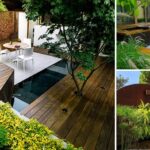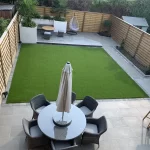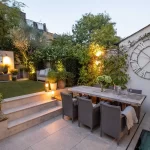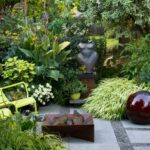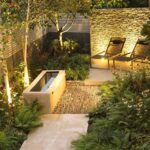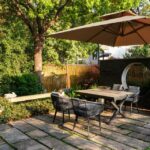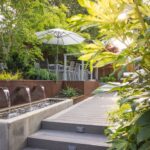When it comes to designing a small garden space, creativity and strategic planning are key. Making the most of a limited area requires careful consideration of layout, plant selection, and decorative elements. By incorporating a few key principles, even the tiniest of outdoor spaces can be transformed into a charming and functional garden oasis.
One of the first things to consider when designing a small garden is the layout. Opting for a simple and efficient design will make the space feel larger and more organized. Utilizing borders and pathways to define different areas within the garden can create a sense of flow and cohesion. By dividing the space into smaller sections, you can make the most of every square foot and create different zones for dining, relaxing, and gardening.
Selecting the right plants for a small garden is crucial in maximizing the space. Opt for plants that are well-suited to the climate and soil conditions in your area, as well as ones that will not outgrow their allotted space. Dwarf varieties of trees and shrubs, as well as compact perennials and groundcovers, are great options for small gardens. Consider incorporating vertical elements such as trellises, hanging baskets, and vertical planters to add depth and visual interest to the space.
Incorporating decorative elements such as garden ornaments, lighting, and water features can enhance the overall aesthetic of a small garden. Adding a focal point, such as a sculpture or fountain, can draw the eye and create a sense of balance and harmony. Potted plants and hanging baskets can also add pops of color and texture throughout the garden, while strategic lighting can create ambiance and extend the enjoyment of the space into the evening hours.
When designing a small garden, it’s important to make the most of every inch of space. Utilizing vertical space and incorporating multi-functional elements, such as seating with built-in storage or a dining table that doubles as a plant stand, can help maximize the functionality of the garden. Consider using raised beds or containers to grow vegetables and herbs, and incorporate a compost bin or rain barrel to make the garden more eco-friendly and sustainable.
Overall, designing a small garden requires creativity, attention to detail, and a thoughtful approach. By carefully considering the layout, plant selection, and decorative elements, even the smallest of outdoor spaces can be transformed into a beautiful and functional garden oasis. With a little planning and imagination, you can create a space that is not only visually appealing but also a peaceful retreat where you can relax and connect with nature.


